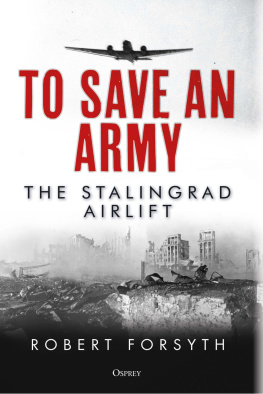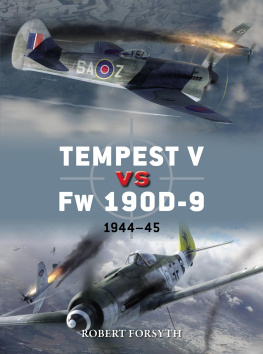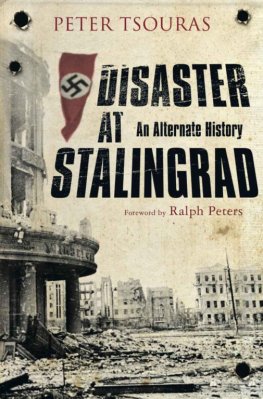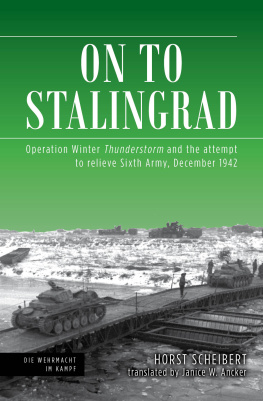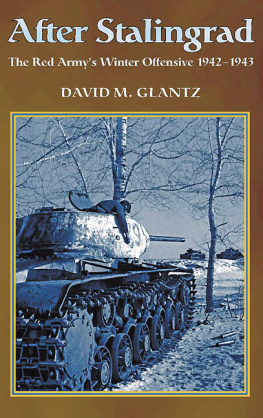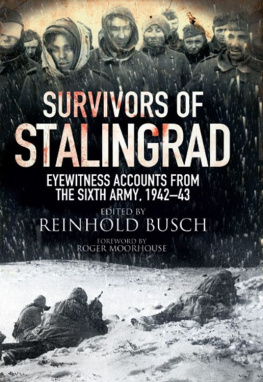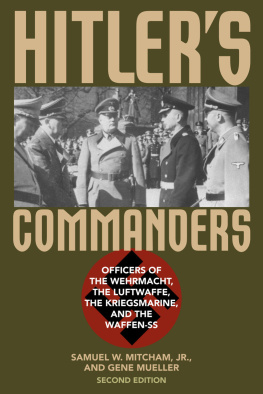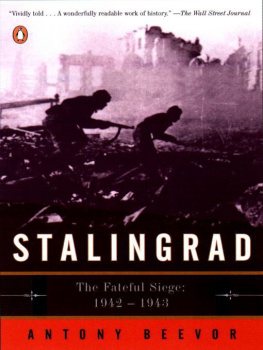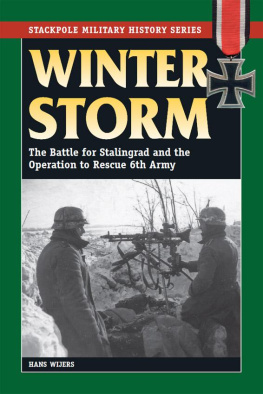Robert Forsyth - To Save An Army: The Stalingrad Airlift
Here you can read online Robert Forsyth - To Save An Army: The Stalingrad Airlift full text of the book (entire story) in english for free. Download pdf and epub, get meaning, cover and reviews about this ebook. City: Oxford, year: 2022, publisher: Osprey Publishing, genre: History. Description of the work, (preface) as well as reviews are available. Best literature library LitArk.com created for fans of good reading and offers a wide selection of genres:
Romance novel
Science fiction
Adventure
Detective
Science
History
Home and family
Prose
Art
Politics
Computer
Non-fiction
Religion
Business
Children
Humor
Choose a favorite category and find really read worthwhile books. Enjoy immersion in the world of imagination, feel the emotions of the characters or learn something new for yourself, make an fascinating discovery.
- Book:To Save An Army: The Stalingrad Airlift
- Author:
- Publisher:Osprey Publishing
- Genre:
- Year:2022
- City:Oxford
- Rating:4 / 5
- Favourites:Add to favourites
- Your mark:
To Save An Army: The Stalingrad Airlift: summary, description and annotation
We offer to read an annotation, description, summary or preface (depends on what the author of the book "To Save An Army: The Stalingrad Airlift" wrote himself). If you haven't found the necessary information about the book — write in the comments, we will try to find it.
Using the diaries of Luftwaffe commanders, rare contemporary photographs and other previously unpublished sources, Robert Forsyth analyzes the human, strategic, tactical and technical elements of one of the most dramatic operations arranged by the Luftwaffe.
Stalingrad ranks as one of the most infamous, savage and emotive battles of the 20th century. It has consumed military historians since the 1950s and has inspired many books and much debate. This book tells the story of the operation mounted by the Luftwaffe to supply, by airlift, the trapped and exhausted German Sixth Army at Stalingrad in the winter of 1942/43. The weather conditions faced by the flying crews, mechanics, and soldiers on the ground were appalling, but against all odds, and a resurgent and active Soviet air force, the transports maintained a determined presence over the ravaged city on the Volga, even when the last airfields in the Stalingrad pocket had been lost.
Yet, even the daily figure of 300 tons of supplies, needed by Sixth Army just to subsist, proved over-ambitious for the Luftwaffe which battled against a lack of transport capacity, worsening serviceability, and increasing losses in badly needed aircraft.
Using previously unpublished diaries, original Luftwaffe reports and specially commissioned artwork, this gripping battle is told in detail through the eyes of the Luftwaffe commanders and pilots who fought to keep the Sixth Army alive and supplied.
Robert Forsyth: author's other books
Who wrote To Save An Army: The Stalingrad Airlift? Find out the surname, the name of the author of the book and a list of all author's works by series.

